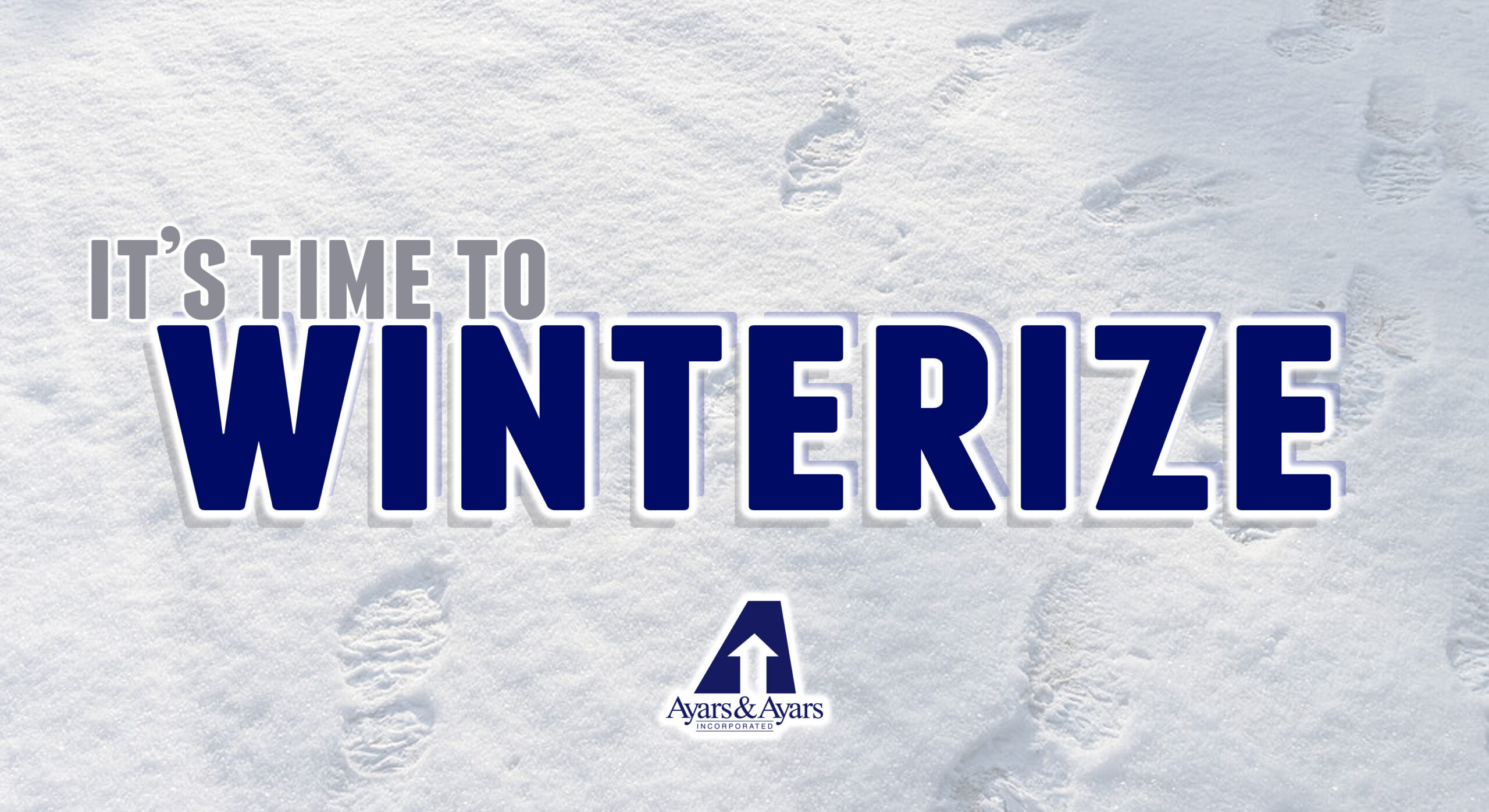Don't Get Caught in the Cold!
November 2020

Don't Get caught in the Cold
Winter is the harshest season when it comes to wear-and-tear on buildings and concrete. Not only does snow collect on roofs, but ice collects in cracks and spaces between bricks and masonry. It is smart to be prepared when the winter months strike and ensure your buildings are ‘weather-tight’. You also need to evaluate your roof’s snow load capacity and be prepared to remove excessive snow build up during storms if necessary.
Without understanding the building, it’s very difficult to prepare a proper course of action. Let us help you evaluate if your building is ready for winter. By taking some relatively inexpensive preparatory and maintenance measures, a building owner can minimize damage and operating costs. Our Special Projects Group can assist you in making a winterization checklist and help with a better understanding of your building’s interior and exterior conditions.
Concrete & Ice - Know the Facts
Increased Freeze and Thaw Cycles
With snow on the way, many worry about the dangers of falls on concrete steps and walkways. The most common solution is to spread rock salt on the ice. This method of melting ice can be effective, but it can also be damaging to concrete.
Salt does not chemically react with hardened concrete. Salt does however lower the freezing point of water, attracts moisture, and increases the pressure of frozen water. Salt can also increase the freeze-thaw cycles if the outdoor temperature fluctuates between 15- and 25-degrees Fahrenheit. which in turn causes more damage to the concrete. The concrete will become more susceptible to the elements, and it may lead to costly repairs.
Your Best Solution
The best alternative to salt is sand. While it will not melt the ice or snow, it will provide much-needed traction, all the while not causing damage to existing concrete below.